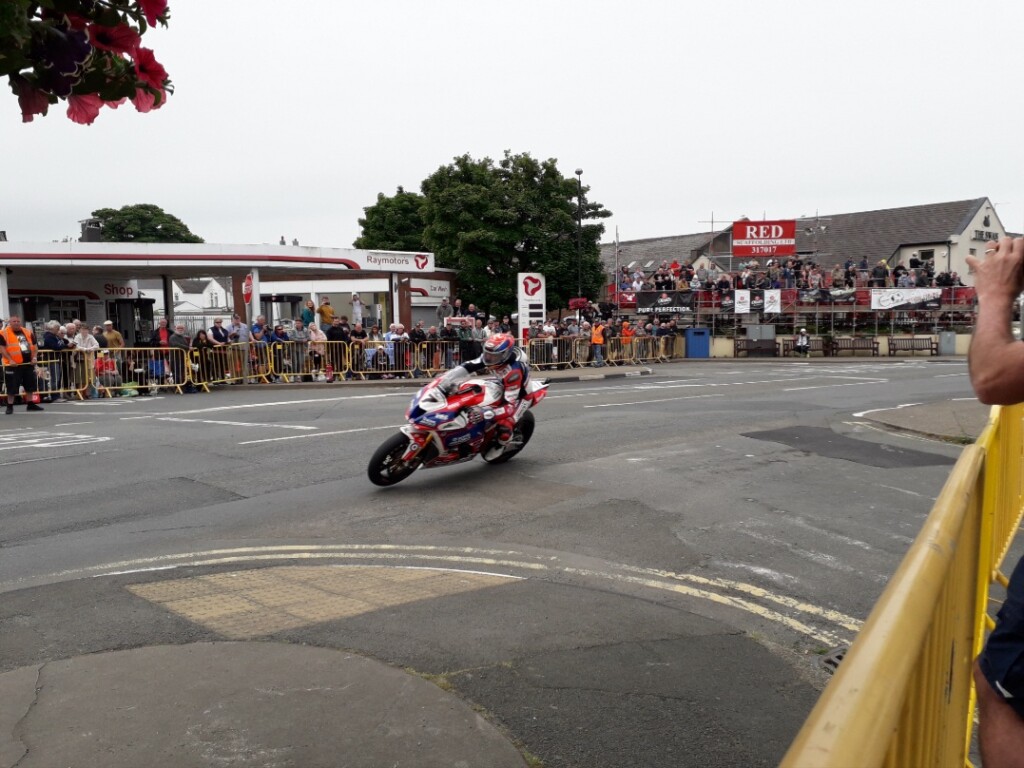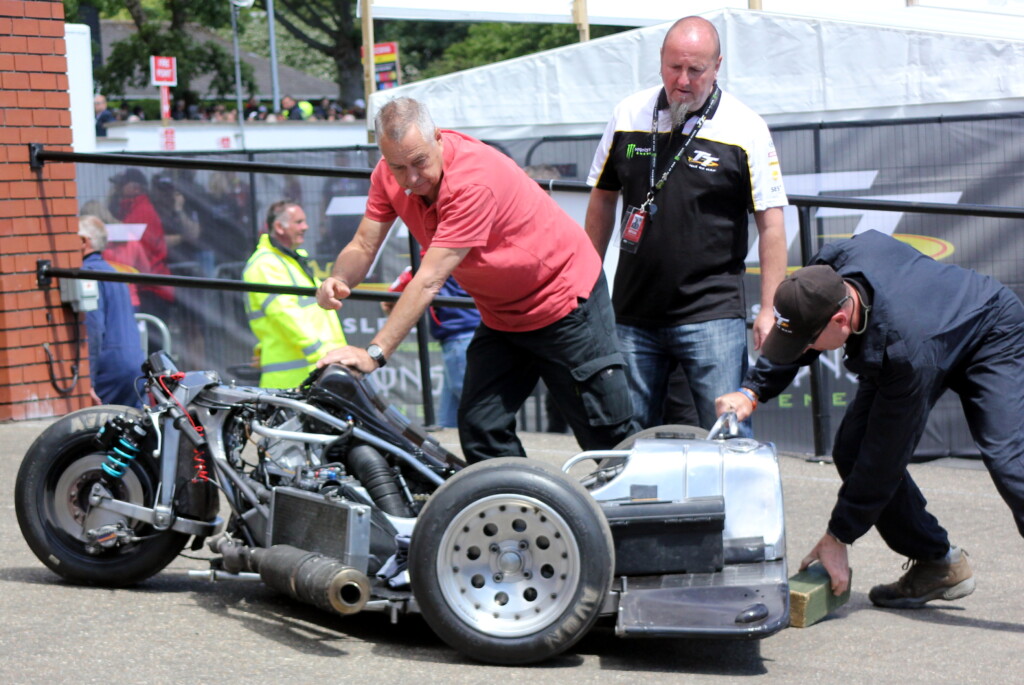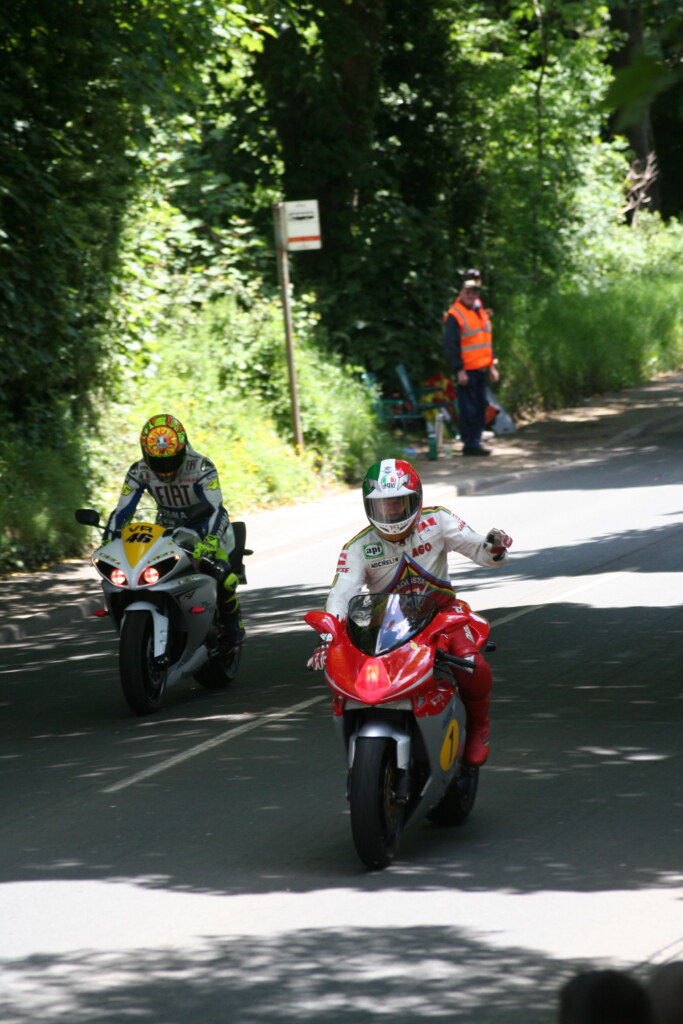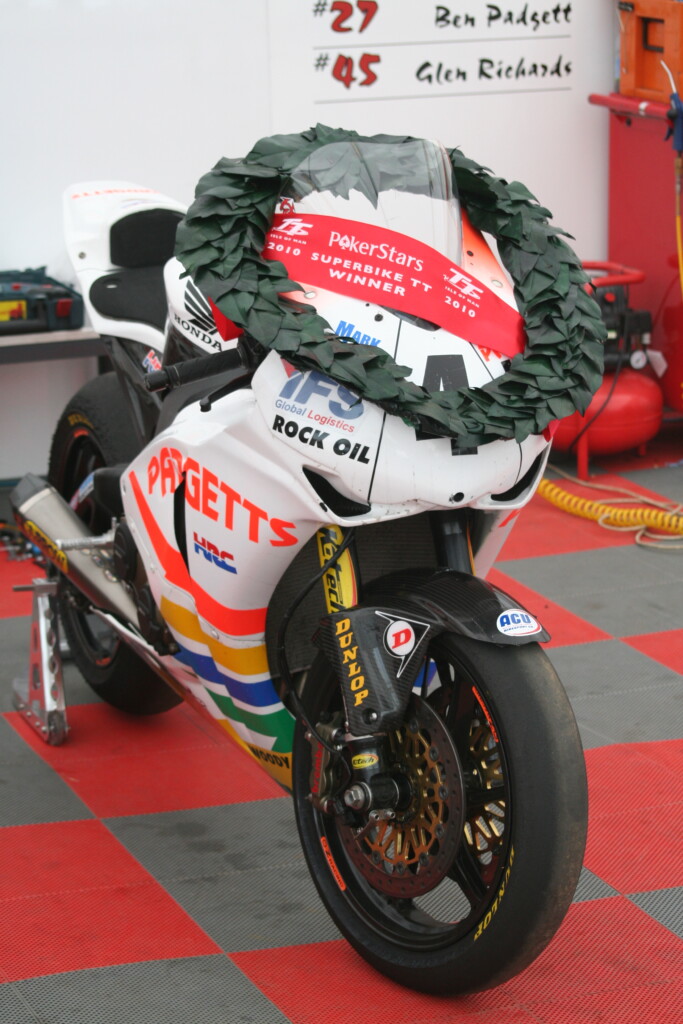Jo Marsh is a scrutineer at the IOM TT and very kindly answered some questions put to her from our Crew as part of our IOM TT feature in lieu of racing this year.

How did you get into scrutineering at the TT and what skills do you need?
Scrutineering at the TT is something you’re invited to do. The team consists of people from the Isle of Man and the UK and, on occasion, as far as Australia.
To be able to scrutineer you are required to hold a licence from your governing body, in my case, the ACU. To obtain a licence you need to attend a seminar and be assessed on your work, both practical and written. You are then required to sit a seminar at least every three years.
Is scrutineering at the TT any different to normal bike racing scrutineering?
Scrutineering for the TT is different from other race meetings but only in that the regulations are different.
Is it one scrutineer per bike or do a team do the same bits for each bike?
We do one scrutineer per bike, or two per sidecar. However, if the same bike is presented to you at the next session then we will swap with another scrutineer so you don’t do the same machine on back to back sessions.

What are you looking for – faults/meeting criteria for the race/checking things are tight?
Generally, we’re looking for criteria for the race meeting. Each meeting has its own nuances and rules so things do vary.
Does scrutineering of the rider eg crash helmet, leathers etc take place too?
We do also check the riders’ gear out before the start of practice week. We check helmet condition, age and fit, leathers, gloves, boots and dog tag, which is an identity disc with the riders’ name and date of birth engraved on it. If a rider falls off at any point then all this is re-scrutineered before the next race/practice.
What happens if someone misses their scrutineering time?
If someone misses their scrutineering time in practice week then we queue jump them so they don’t miss their session on the course. It’s different for races. If a rider has a problem and can’t make his or her time then as long as we are aware of that fact we can grant an extension on scrutineering.
Have you ever failed a bike / refused to let it race?
I have failed many bikes! I couldn’t even hazard a guess at how many. It’s a tough one. During practice week there’s usually enough time to get the problem sorted and get out to practice anyway but before a race is heart breaking. I’ve even stopped a bike on the start line, 20 seconds before he was due to start, as I saw something break.
I also stopped a sidecar one race day. He was late for scrutineering which meant when I spotted the crack in the frame he had very little time to repair it before the race started. He was, shall we say, less than happy with me! He got the repair done in time, raced and finished in the top 6. After the race he pulled the sidecar up right alongside me and jumped off, still with helmet on. I was inwardly groaning thinking he was still mad with me but instead he hugged me and said “You saved my life, I’m sorry I was mad at you before”.

Do you fit the transponders?
Transponders, like bike condition, are the responsibility of the rider. We check that the transponder is fitted and located as per the acu handbook and also that it is the correct transponder for that bike. We also check that it is charged.
Do parade bikes get scrutineered and do you have to check the travelling marshals bikes?
Yes, parade bikes are also scrutineered.
We used to check travelling marshals bikes also but in latter years travelling marshals have all sat the scrutineer seminars also. This means that if a rider stops or is black flagged with a reported fault there is a trained scrutineer in spot to check the bike over and allow them to continue or not.
What happens between scrutineering and the start line – are the bikes scrutineered the night before the race?
Between scrutineering and the start line the bikes are held in a holding area. On race days the bikes are scrutineered up to 45 minutes before the start of the race, meaning we sometimes have early starts to get every machine checked in time!
What have been the weirdest faults/mods/innovations they you seen?
It’s not common to see innovations or ingenious modifications any more as most bike regulations are quite tight and, in some classes, the machines are almost standard, how they left the showroom. The sidecar class has much more room for individual preference on things, such as different chassis manufacturers, sizes of wheels, etc.
Are you also involved in the post race strip down of the bike?
After a race, the top 3 machines are verified. This is done behind closed doors, with only a few scrutineers present. To do this you must also hold an acu licence to be an engine measurer.
Do the riders have any height or weight limit? I’d guess a small rider on a small lighter bike could go faster so is that evened out?
There used to be weight limits for riders, many years ago. There are no limits on riders any more.

What are the best and worst parts of the job?
The best parts of the job are knowing you’re helping people do what they love. It’s a long fortnight, it’s physically tiring and there’s a lot of pressure. The scrutineering team are amazing. There’s lots of jokes and fun to lighten the darker times. The camaraderie is something else. The worst parts are the heartbreak of losing a rider or riders.
Thank you for your time Jo and for answering our questions, it is much appreciated 🙂
CrewOnTwo
Leave a Reply